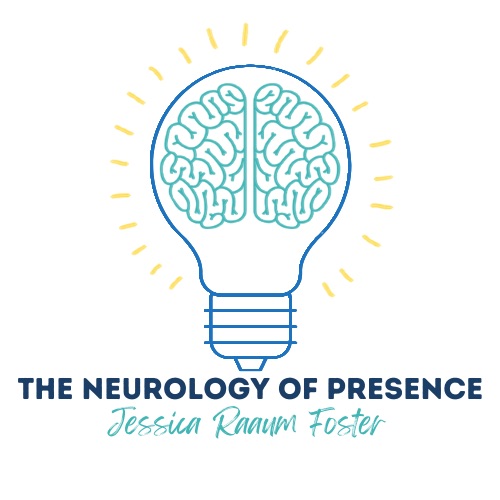How it works:
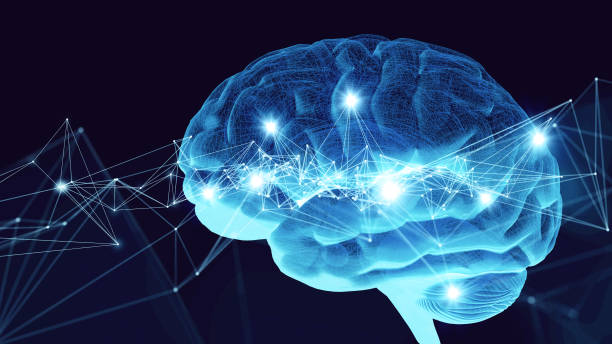
Let’s start at the beginning… You have a brain.
Your brain cares more about your survival than performance, and it will do whatever it deems necessary to keep you safe.
Your brain utilizes a 3-step process to manage your safety:
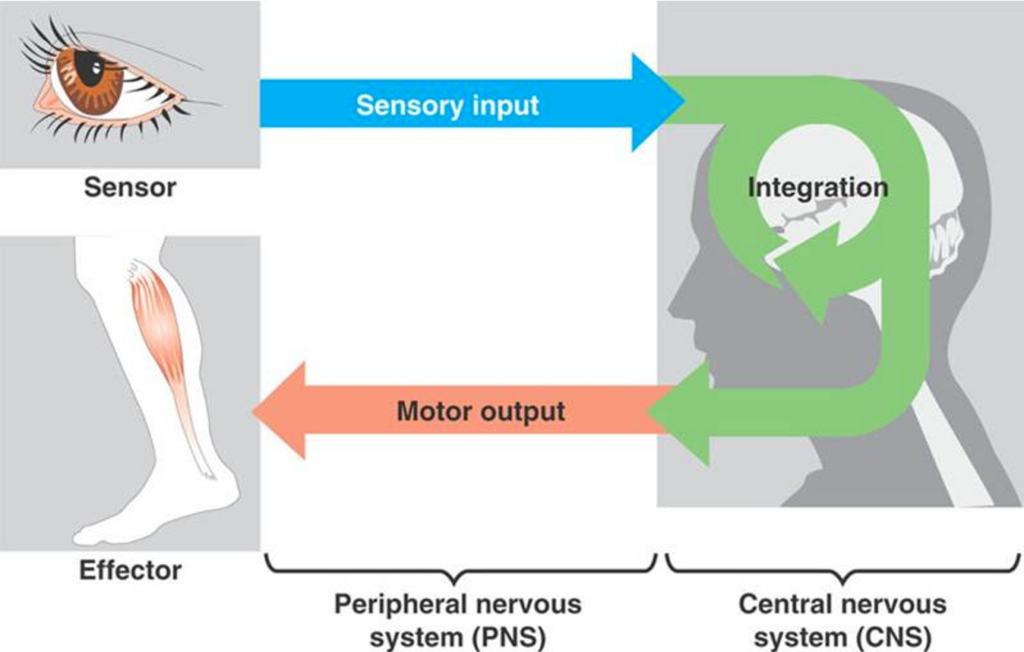
- INPUT: Your brain collects information via your sensory organs (eyes, ears, skin, etc.)
- PROCESS: Your brain must then integrate this information, interpret any potential threats, and then decide what, if anything, needs to be done.
- OUTPUT: Finally, your brain must create motor outputs to execute this decision.
If your brain decides that you are safe, then you are free to perform at your maximal skill level. However, if a threat is registered, your brain will act to mitigate risk, often at the expense of performance goals. If your threat levels are too high, you will end up with PAIN, which I define as any physical output I don’t want. For more information on how this works, take a look at this video:
The first step in Neuro Performance Training is to look for ways to reduce the current threat level in your nervous system, either to eliminate pain, or to expand your capacity to tackle a goal. It is important to recognize that new challenges of any kind (skill building, weight loss, new habits, etc.) are threatening to your brain. The harder the challenge, the healthier your nervous system needs to be.
We are all cognizant of our own life stressors, but there may also be a signficant amount of unseen threat in your system coming from functional deficits in your nervous system itself. In Neuro Performance Training, we assess and retrain components from each of the 3 steps of threat management to make sure your nervous system is running optimally. We ensure the sensory information you receive from receptors is accurate and clear, we train the parts of your brain responsible for integrating and interpreting this information, and we make sure that your body has the ability to respond to this information with appropriate action.
Neuro Performance Training includes the following techniques:
Vision Training:

This is more than just an acuity test. Your eyes need to be able to move: to converge and diverge, track objects, jump to different visual targets, etc. Because the brain relies so heavily on visual information to determine safety, even a minor deficit in the visual system can be extremely detrimental to performance. Fun fact: Your eyes control 70% of postural activities!
Vestibular Training
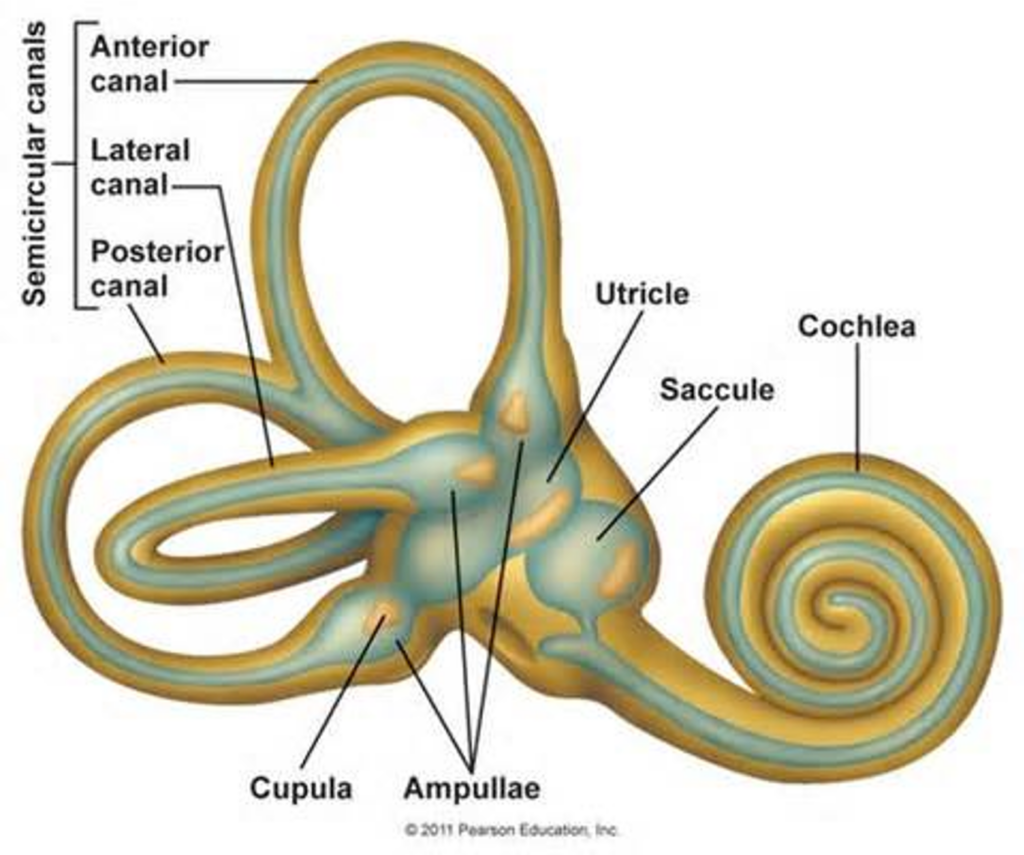
The vestibular system is a group of small organs located in your inner ear that help your brain answer two questions:
1) which way is up?
2) which way am I going?
For obvious reasons, your brain does not want your head to hit the ground (or anything else, for that matter), and it will shut down movement or performance if it senses even the slightest risk of falling. Re-educating the vestibular system often alleviates pain and provides great freedom in performance.
Proprioceptive Training

Proprioception is the body’s 3D map of itself in space and time. There are a variety of sensory receptors found in the skin, fascia, and other tissues of your body that provide your brain with information about your position in the world. These receptors may not be functioning optimally due to injury or lack of use. Mobility training, often stacked with various sensory stimulations, can clean up blurry body maps in the brain, improving movement and reducing overall threat in the system.
Interoceptive Stimulation

Interoception is your awareness of your body’s sensations and feelings. Interoception can be improved through a variety of inputs including: breathing drills, pelvic floor exercises, working with the viscera and fascia, tongue training, and muscle tensioning exercises. Interoceptive work powerfully develops self-regulation, sense of self, and balances out the “fight or flight” symptoms that often derail performance.
Other sensory training
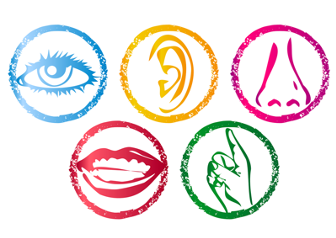
Assessing and retraining taste, smell, auditory, and touch receptors can also have a phenomenal impact on managing pain and improving performance.
Movement Competency
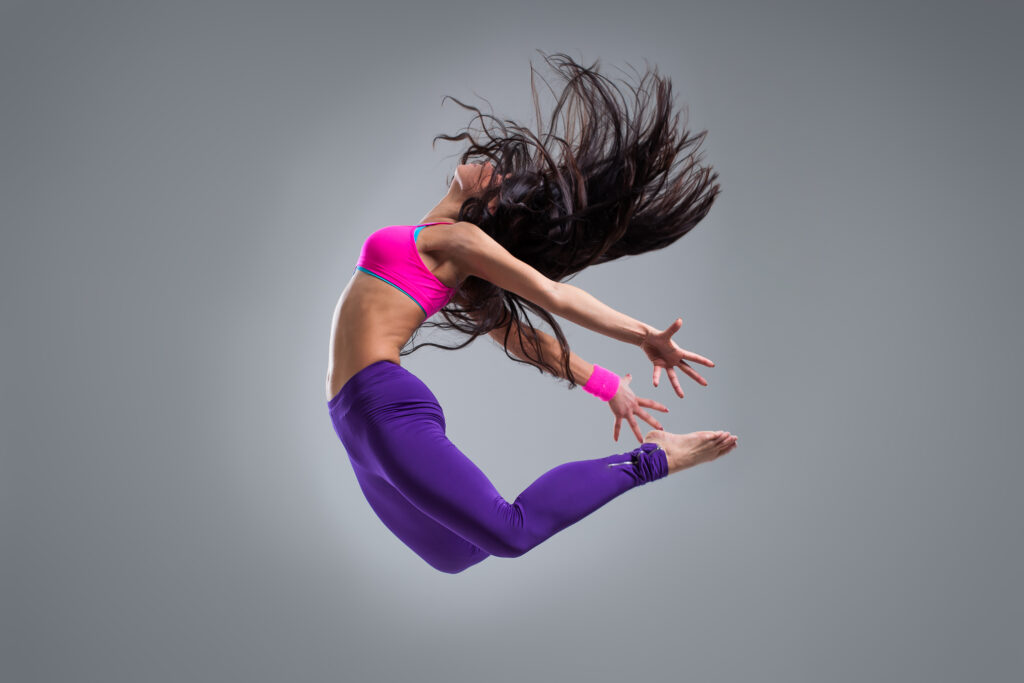
Your body is designed to move every joint in your body through its entire range of motion at every speed, but few of us truly have that level of mastery. Improving motor control can be incredibly powerful in pain reduction, injury prevention, and skill development.
Skill Development

Once your nervous system has been restored to a healthy baseline level and you are ready to effectively take on new challenges, we can then look at building or improving the specific skills needed to achieve your individual goals. Neuro Performance Training allows for continual upgrade potential in your chosen goal, whether you are working on increasing your vertical jump, learning how to do a handstand, or attempting to hit a high note in public.
